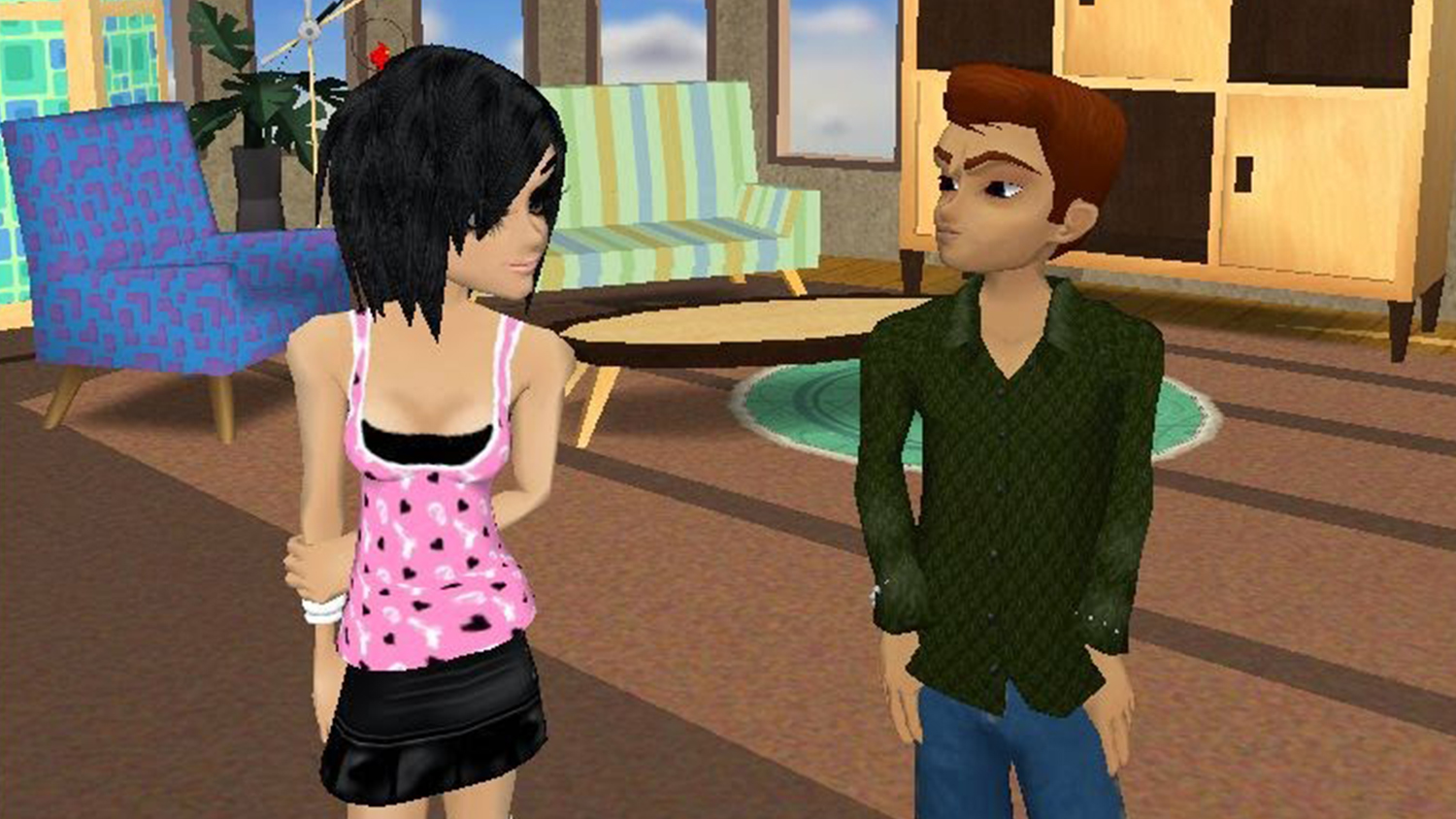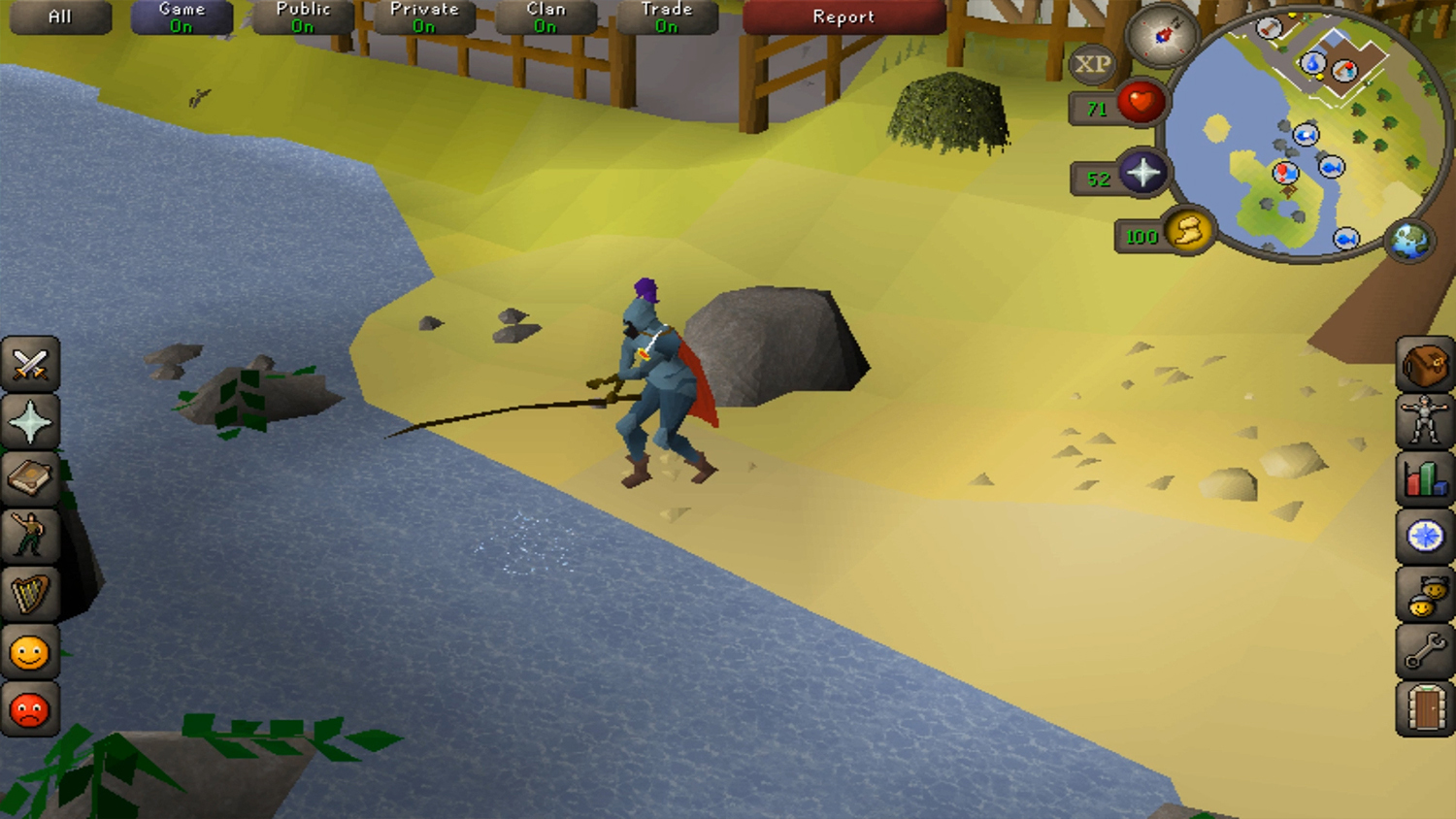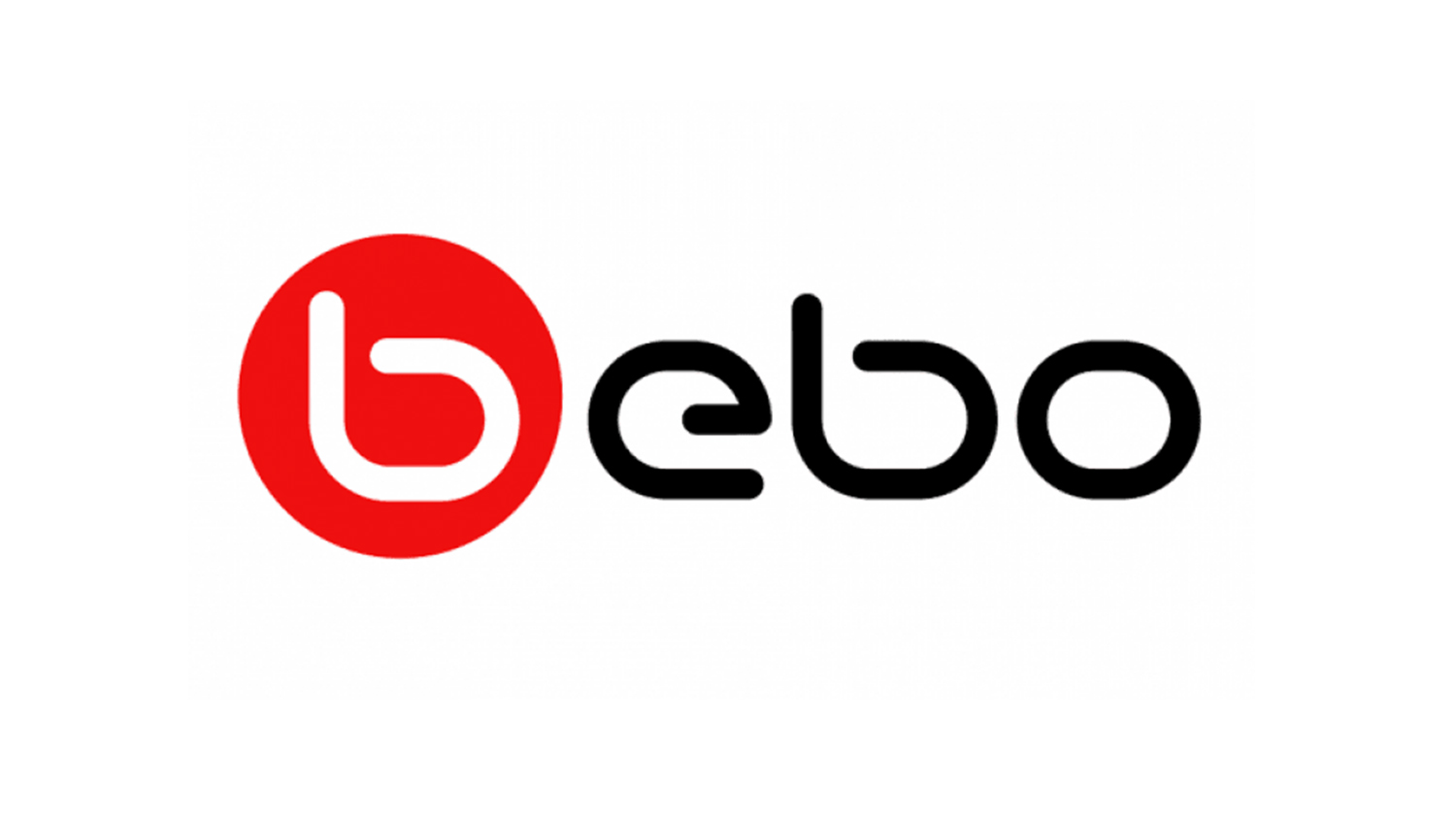The internet is an ever-changing landscape of socialisation. Every day, people look at their computers and phones just to let others know what they are doing. The web-based culture that we live in foreshadows a future where the only light people see is a notification on their screens. However, the rise of the URL has also helped thousands of adolescents worldwide find themselves in places that accept them and accelerate their growth. The internet is a double-edged sword, and we’re clenching both sides of the blade.
We’ve decided to take a look back at some of the ways we used to socialise on the internet; before Facebook, Twitter and Instagram. Although a lot of these either don’t exist or have faded away into irrelevance, they are largely responsible for not only the way we navigate online; but how we navigate in life.








